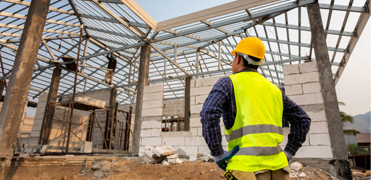Highest Standards of Construction
"Great buildings that move the spirit have always been rare. In every case they are unique, poetic, products of the heart."
Highest Standards of Construction
"Good buildings come from good people, and all problems are solved by good design."
Highest Standards of Construction
Quality is never an accident; it is always the result of high intention, sincere effort, intelligent direction, and skillful execution; it represents the wise choice of many alternatives.


Build Construction
"Construction is an adventure, a quest to turn imagination into reality, one brick at a time."

Building Renovation
"Renovation breathes new life into the old, transforming spaces and preserving stories for generations to come."

We Building Everything
We can build anything. From the smallest dreams to the grandest visions, our capacity for creation knows no bounds. With dedication, creativity, and craftsmanship, we shape the world around us, turning ideas into reality, one project at a time.
Read More